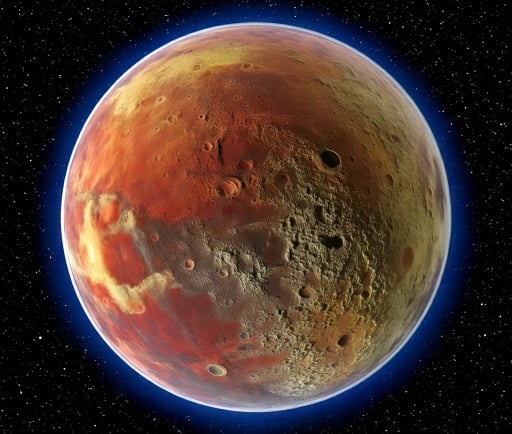TOI-2641 b: A Sole Planet in 1 System


Introduction to TOI-2641 b
TOI-2641 b is an intriguing gas giant exoplanet that has piqued the interest of astronomers and astrophysicists alike. Situated in orbit around an F-type star, this exoplanet represents a constellation of discoveries that continue to reshape our understanding of planetary formations outside our solar system.
Characteristics of TOI-2641 b
With a mass of approximately 0.386 times that of Jupiter, TOI-2641 b is classified as a gas giant, similar in nature to the largest planet in our own solar system. The planet orbits its host star with a remarkable period of just 4.9 days. This rapid orbit indicates a close proximity to its star, which in turn suggests that the environmental conditions could be vastly different from those experienced on Earth or even within our solar system.
The Significance of Gas Giants
Studying exoplanets like TOI-2641 b is vital to the broader field of astronomy as gas giants play a crucial role in our understanding of planetary system evolution. These planets often exhibit varied atmospheric compositions and unique weather patterns that can inform scientists about the formation and development of planetary systems. The characteristics of TOI-2641 b, including its relatively low mass compared to Jupiter, allow researchers to theorize about planetary formation processes in different stellar environments.
The nature of its host star, classified as an F-type star, offers additional insights into the dynamics between stellar characteristics and planetary development. F-type stars are known for their higher temperature and luminosity, potentially creating challenging conditions for any orbiting bodies. As TOI-2641 b completes its orbit in just under five days, it experiences extreme solar radiation, which could influence its atmospheric properties, making it a subject of considerable interest in astrophysics.
Additionally, analyzing gas giants like TOI-2641 b could lead to discoveries about atmospheric circulation, storm patterns, and the overall climate of exoplanets, further enriching our knowledge of planetary atmospheres and the potential for life beyond Earth.
Conclusion
TOI-2641 b stands as a significant example of the diverse range of exoplanets existing in our universe. Its characteristics not only shed light on its own intriguing dynamics but also contribute to the greater understanding of gas giants in general. As exploration and technology advance, the potential to uncover more details about TOI-2641 b and its environment will only grow, promising exciting developments in the field of exoplanetary studies.
